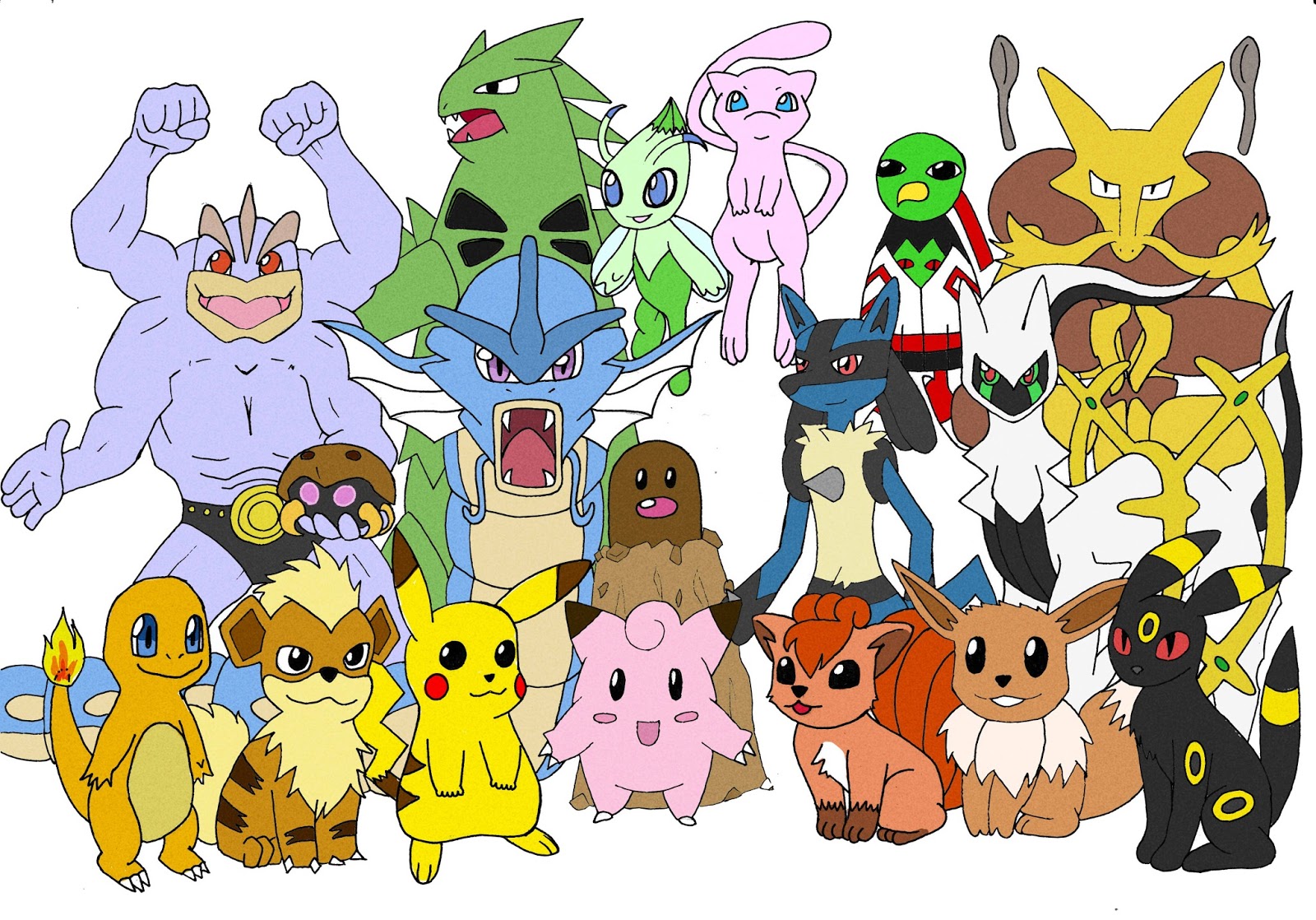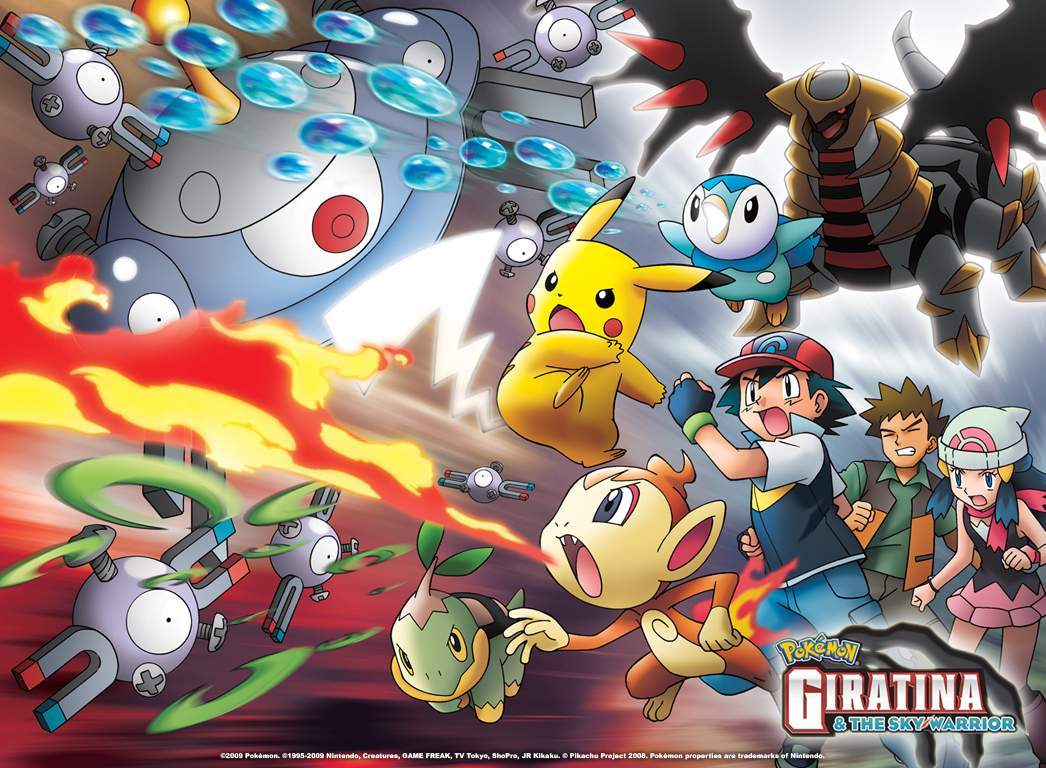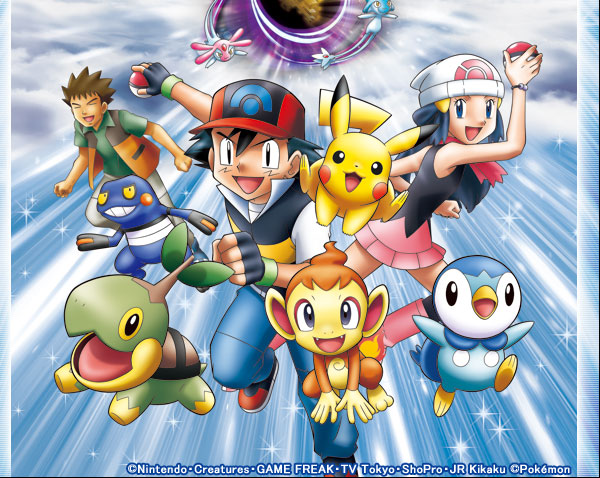This article delves into the captivating world of Pokémon, exploring its enduring appeal across generations and examining the multifaceted elements that have contributed to its global phenomenon status. From its humble beginnings as a Game Boy game to its current multimedia empire, Pokémon has consistently captivated audiences worldwide. We’ll journey through the history, mechanics, cultural impact, and future prospects of this beloved franchise.
The Genesis of a Global Phenomenon: Pokémon’s Early Days
The Pokémon franchise originated in 1996 with the release of Pocket Monsters: Red and Green for the Game Boy in Japan. These games, developed by Game Freak and published by Nintendo, introduced a relatively simple yet highly engaging concept: collecting, training, and battling creatures called Pokémon. The core gameplay loop – exploration, creature capture, and strategic combat – resonated deeply with players, creating a foundation for the franchise’s explosive growth.

The initial success of the games paved the way for a lucrative anime series, which further cemented Pokémon’s place in popular culture. The anime introduced the world to Ash Ketchum, Pikachu, and a vast roster of memorable characters and Pokémon, fostering a global community of fans. This early success wasn’t just a flash in the pan; it laid the groundwork for decades of continuous innovation and expansion. The simple yet effective formula – collecting, battling, and friendship – has endured, adapting and evolving while retaining its core charm.
The Impact of the Anime and Trading Cards
The anime adaptation, Pokémon: The Animated Series, was instrumental in propelling the franchise to international stardom. The vibrant animation, relatable characters, and exciting battles captivated audiences of all ages. The show’s success transcended geographical boundaries, introducing Pokémon to a global audience and building a powerful brand recognition. Simultaneously, the Pokémon Trading Card Game (TCG) exploded in popularity, providing a tangible, collectible element that enhanced the immersive experience. The TCG’s strategic depth and collectible nature created a thriving community around trading, battling, and collecting rare cards. These two elements, the anime and the TCG, worked in synergy, further solidifying the Pokémon brand’s position as a cultural juggernaut.

The Evolution of Gameplay: From Pixels to 3D Worlds
Over the years, the Pokémon video games have undergone significant transformations. The initial top-down perspective of the Game Boy games evolved into more sophisticated 3D environments, enhancing the immersion and visual appeal. The introduction of 3D graphics in the Pokémon X and Y games on the Nintendo 3DS marked a significant leap forward, showcasing detailed Pokémon models and expansive game worlds. The transition to the Nintendo Switch with titles like Pokémon Sword and Shield, and Pokémon Legends: Arceus, brought even more advanced graphics and gameplay mechanics, allowing for a seamless blend of traditional turn-based combat and open-world exploration.
New Features and Mechanics
Each new generation of Pokémon games introduces innovative features and gameplay mechanics. The introduction of Mega Evolution, Z-Moves, and Dynamax/Gigantamax Pokémon added strategic depth and excitement to battles. The online functionalities have also grown significantly, allowing players to connect with each other globally, trade Pokémon, and engage in competitive battles. The latest entries in the series, such as Pokémon Legends: Arceus, experiment with open-world exploration and action-oriented combat, showcasing the ongoing evolution of the core gameplay loop. This consistent innovation demonstrates the franchise’s commitment to adapting and engaging new audiences whilst keeping its core fans happy.

The World of Pokémon: Creatures, Regions, and Lore
The Pokémon world is incredibly vast and rich, encompassing a diverse range of creatures, regions, and storylines. Each generation introduces new Pokémon with unique abilities and designs, expanding the universe’s already extensive roster. These regions, each with distinct geographical features, cultures, and legendary Pokémon, create a sense of exploration and discovery for players.
The Expanding Pokédex
The Pokédex, the in-game encyclopedia of Pokémon, is a central element of the franchise. The ever-growing number of Pokémon, now exceeding 900, ensures there’s always something new to discover and collect. Each Pokémon has its own unique characteristics, including type, abilities, and evolutionary lines. The strategic depth of understanding these characteristics is key to successful Pokémon training and battling. The ongoing addition of new Pokémon maintains the series’ freshness and longevity.

The Cultural Impact of Pokémon: More Than Just a Game
Pokémon’s influence extends far beyond its games, anime, and trading cards. The franchise has permeated popular culture, impacting fashion, music, and even language. The iconic designs of the Pokémon themselves have become instantly recognizable symbols, appearing on clothing, merchandise, and countless other products. The franchise’s enduring popularity has also spawned countless fan creations, from artwork to fan fiction, demonstrating the deeply ingrained connection between Pokémon and its passionate fanbase.
A Multi-billion Dollar Industry
Pokémon’s global impact is also reflected in its substantial economic influence. The franchise has generated billions of dollars in revenue through its various products and media, showcasing its immense commercial success. This consistent financial success is a testament to the franchise’s lasting appeal and its ability to adapt to evolving trends and technologies.
The Future of Pokémon: Endless Possibilities
The Pokémon franchise shows no signs of slowing down. With ongoing game releases, new anime series, and constant expansion of its multimedia empire, the future of Pokémon appears bright. The ongoing development of new games, alongside the continuous exploration of new technologies, ensures the franchise will continue to evolve and engage new audiences for many years to come. The consistent adaptation to modern trends and technologies means Pokémon is well-positioned to remain a global powerhouse.
Innovation and Expansion
Nintendo and The Pokémon Company are actively exploring new avenues for the franchise. This includes the development of augmented reality games, such as Pokémon Go, which successfully introduced Pokémon to a new generation of players through a unique mobile experience. The continued innovation, strategic partnerships, and adaptation to new technologies suggest that Pokémon will continue to surprise and delight its global fanbase for many years to come, ensuring its continued relevance in a constantly evolving media landscape. The Pokémon franchise isn’t just a game; it’s a living, breathing world that continues to expand and captivate players of all ages. The enduring success of Pokémon is a testament to its ability to adapt and evolve while retaining its core charm.

